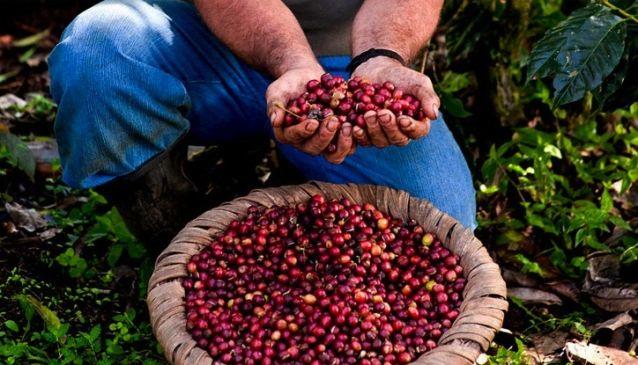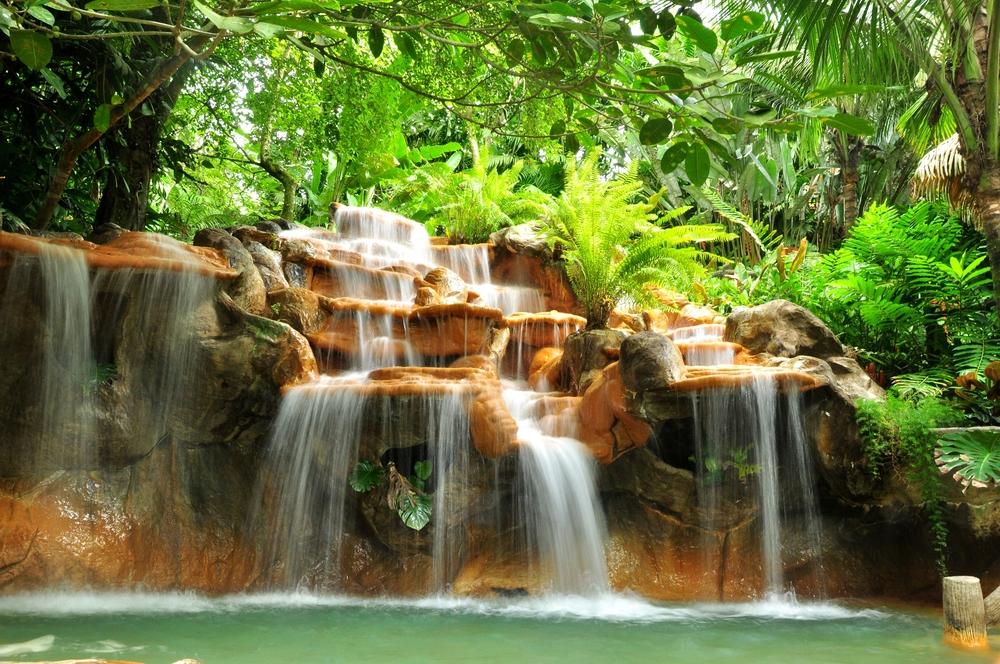The alarm clock on my iPad went off at 5:30 am. I slowly rolled over, clicked the off button and started rubbing my eyes as my feet hit the concrete floor of the house I rented in the small mountain town of Orosi, located just outside of Cartago in the Central Valley of Costa Rica. The sounds of birds saying good morning to each other reached my ears as I started ’sleepwalking' towards the kitchen.
I stumbled around clumsily as I started my morning ritual of boiling water and pouring coffee grinds into the “sock” filter attached to the wall in order to make the world’s best cup of coffee. As I sat on the front porch watching the world wake up, I started wondering about the history of Costa Rican coffee and the “cup of joe” that was bringing me back to life.
Coffee Plantation Tours
There is no better way to learn about coffee’s history and production than taking one of the many tours offered by Costa Rican coffee plantations. You will find coffee tours in the West Valley, Tarrazu, Tres Rios, Orosi, Brunca, and Turrialba regions among others.You will learn about the history of coffee, enjoy tasting different blends, experience what life is like for the growers, pickers, and roasters, as well as learn about how different microclimates effect taste and other characteristics of the bean in more detail than described here. In essence, you will experience the life of coffee from seed to cup.
Most tours are around 2 hours and include lunch or dinner, tastings called cuppings and if you’re lucky, an ox cart ride. These colorful carts have been used by farmers for many years to take their products to market. One of our favorite places to experience a working coffee farm and spend a few nights relaxing is Finca Rosa Blanca Coffee Plantation and Inn.
This gorgeous 5 star and 5 leaves boutique (highest rating for being sustainable) hotel sits on 40 acres of pristine land where they grow organic shade coffee. If you are looking for a romantic get away, this may be the perfect place for you. Finca Rosa Blanca has a full service spa, restaurant and offers a wide variety of tours. Some other popular tours are provided by Britt Coffee, Doka Estates, Terrazu, and Espiritu Santo.
Why Costa Rican Coffee is the Best in the World
Two of my favorite things in life are drinking a strong cup of coffee in the morning and enjoying a delicious glass of wine with dinner. These pleasing libations share several characteristics. We talk about both using terms such as flavor, acidity, body, aroma bitterness, sweet, smooth, and harsh. Production of both are similar, and altitude, region, temperature, rainfall, and soils are critical to taste and transmit specific characteristics upon both. This hints at why Costa Rican coffee is so darn good.
Costa Rica is home to 112 volcanoes (only 5 considered active). As volcanoes erupted throughout history, they deposited minerals into the ground that release slowly over time making the soil “forever” fertile and perfect for growing coffee. Two distinct seasons in Costa Rica also help coffee plants achieve perfect balance. The rainy season (May - November) enjoys hot sunny morning and refreshing rainy afternoons which promote plant growth. Dry season (December - April) is characterized by intense, sunny days that help coffee beans ripen. Altitude contributes enormously to coffee’s (and wine’s) taste profile.
Elevations from 3,000 to 6,000 feet are ideal for coffee, and the crisp mountain temperatures make for a slower maturation which translates to more complex sugars and more desirable flavors. To top it all off, Costa Rica takes coffee production so seriously that it passed an executive order that banned cultivation of any variety other than Arabica which is considered the finest in the world. Costa Rica’s many volcanoes, rich soil, mountainous landscape, distinct seasons, and year round warm weather all contribute to make it’s coffee the best in the world. Don’t trust me when I say it is the best. Starbucks, the largest coffee chain in the world, made Tarrazu coffee from Costa Rica the most expensive cup of joe in the world, displacing Jamaica Blue Mountain coffee in November of 2012.
Copyright © 2014 by My Destination. This article was written by Chuck Chastain and originally published at My Destination Costa Rica


